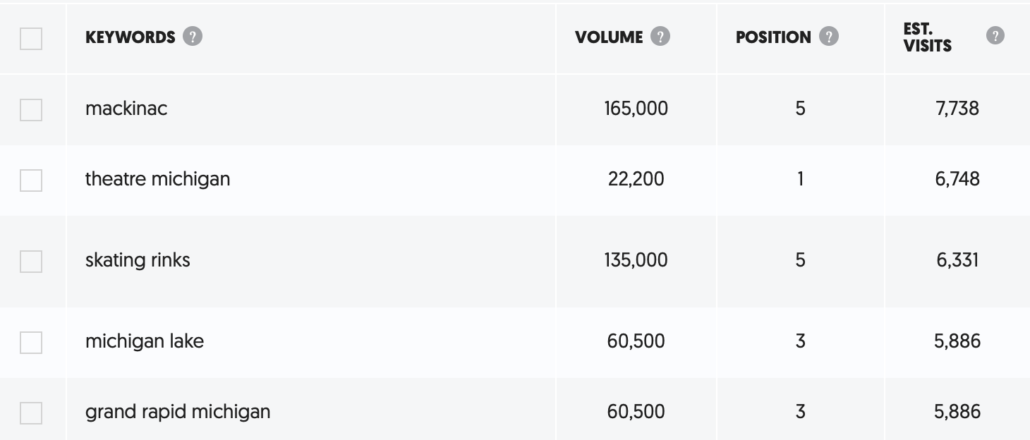What Does Facebook Know About the Links You Share?

Have you ever wanted to see how well links performed in the past on Facebook? Have you ever posted a link to Facebook and the picture is too small or the text is completely different? Facebook offers a great, free tool that lets you preview a link and tells you what the platforms knows about the link.
Read on to find out what Facebook knows about the links you share:
The Tool

Facebook itself has written that “people often prefer to click on links that are displayed in the link format (which appears when you paste a link while drafting a post), rather than links that are buried in photo captions”. This means that links are one of the most important ways you’re sharing content on Facebook, and, therefore, knowing exactly what Facebook knows about your link is crucial. Luckily, they provide a tool that lets you know exactly what they know about your link: the Sharing Debugger.
What the Tool Shows You
The Preview

It will show you exactly what the link will look like on desktop before you post it.
Likes, Shares, and Comments on Facebook

That’s right. Facebook tracks how many likes, shares, and comments every link gets and stores it for future reference. One of the many reasons you’ll find this tool is useful!
Other Info About Your Facebook Links

The Facebook Sharing Debugger will also pull the URL, title, description, type, tags, site name, author, publisher, and locale from the link, as well as the last time it was updated.
How it Works
The tool identifies information about a link in a very similar to the way that looking at someone’s driver’s license can tell you their age, eye color, and height. When you copy the URL into the Sharing Debugger, it will pull data. Instead of a card, Facebook, along with every other social media site, uses code included in websites called “OG Meta Tags”.

For instance, just like if you have brown eyes, your driver’s license might say “EYES BRN”, if the title of your blog is “How to Natively Schedule Posts on Instagram”, the code simply will say “og:title” and “How to Natively Schedule Posts on Instagram”.
Why is this Significant?

On face value alone, the information the tool shows you is extremely valuable. You can adjust to make sure your link is set up for success and it allows you to see what picture will be used and how it will look. If you see that it has very little engagement in the past, it’s worth refreshing the photo, title, and description – and possibly the content, too!
How to Use this Information
Ensure the Information is Correct

The first thing to do is ensure the information is correct. Ask yourself:
- Is the picture what it should be?
- Is it an image that will perform well?
- Are both the “title” and “description” accurate?
- Is the “type” appropriate?
- If it’s a blog, make sure it says “article”.
- Do the tags make sense?
- For instance, if it’s a winter activities landing page, you want to make sure “summer fun” isn’t tagged.
- Is the site name right?
- Does the locale say “en_us”?
- This means that it’s in English, and its country of origin is the United States.
Optimization

The next step is optimizing the Facebook link. If the picture is too small or generic, swap it out! Make sure the title, or headline, is interesting and actionable. Next month, we’ll dive deeper into the subject of optimizing your links.
How to Change Your Preview

The easiest way to change what your link preview looks like is to talk to your webmaster. However, you might be able to do it yourself, as most website platforms have “Featured Image”, “Title”, and other similar options in the editor.
Want to Do Some Coding?
However, if you’re able to add some code to the “header” section of a single page, Meta Tags is a tool that can be used to debug and generate the Open Graph code for any website. With Meta Tags, you can experiment and edit your content, then preview how your webpage will look on Google, Facebook, Twitter and other sites.
Conclusion
Link-type posts are the best way to drive traffic to your website from Facebook, and this tool gives you an insider look into the social media platform’s data so you can optimize your link for success. If you’re looking for new ways to stay updated on destination marketing, be sure to subscribe to our e-newsletter or follow us across social media at the links below!









